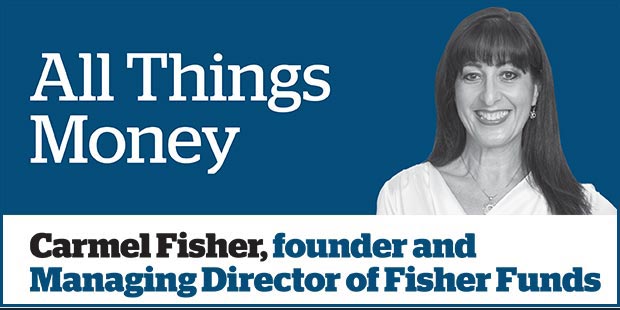There is nothing nicer than receiving a cheque in the mail or its modern day equivalent, a direct credit to your bank account.
Dividends are a tangible reward for investing in shares and have proven an important barometer of the health of businesses. In the old days, before companies were regularly required to disclose profit information, a company's ability to pay a dividend (and increase that dividend over time) was one of the few pointers to the company's long-term prospects.
In these days of volatile markets, slow economic growth and low interest rates, it is little wonder investors around the world are favouring high-dividend paying stocks. But a big dividend yield is not a panacea; neither is it an excuse not to do your homework.
Just because a company pays a high dividend doesn't mean it is a 'no-brainer' investment purchase. You may be better to settle for a company paying a lesser dividend if there is a greater likelihood its dividend will continue to be paid.
Similarly, if a company does not pay dividends it does not mean that the company is unprofitable and should be avoided. Some young, growing companies choose to re-invest their profits for future growth rather than paying out cash to shareholders.
Microsoft did not pay a dividend until 18 years after it floated on the share market as it chose to re-invest profits while it was growing.
The things to watch when considering dividends are their consistency and affordability. If a company has regularly paid a dividend but suddenly cuts it, trouble might be looming.
A dividend is a public promise and failure to pay one (when you have paid previously) is often interpreted by investors as a failure.
The company's earnings history can provide a bit of a steer. If a high dividend is being paid in a good year but earnings have fallen in the previous three years, it could be a leap of faith that future dividends will be as good, or better.
A quick comparison between the earnings per share and the dividend per share can tell you how affordable the dividend is. If the earnings cover the dividends by 2 or 3 times, investors can feel comfortable. If the ratio is more like one-to-one, there may be a dividend cut coming. If the ratio is very large, say 5 or 6 times, the company might not be paying out enough, so check that they are doing the right things with the retained profits and not squandering them.
The lower the percentage of the company's earnings paid out in dividends, the greater the buffer. If a company pays less than 50 per cent of its earnings in dividends, it will be less likely to reduce its dividend, even in a slow year.
A good dividend yield does not absolve you from doing some basic company analysis. A 9 per cent dividend yield won't seem so flash if the company's share price falls 20 per cent because it fails to meet expectations.
Dividend stocks are a good addition to any diversified portfolio as they are typically less volatile and they give you an income while you are waiting for capital growth to emerge. In this climate of low interest rates, which seem destined to remain low for a while to come, dividend-paying stocks can play an important role.
But, as we are reminded every day, there is no such thing as a risk-free investment. And there is no excuse for investing in anything that you haven't studied, understood and bought for the right reasons.

